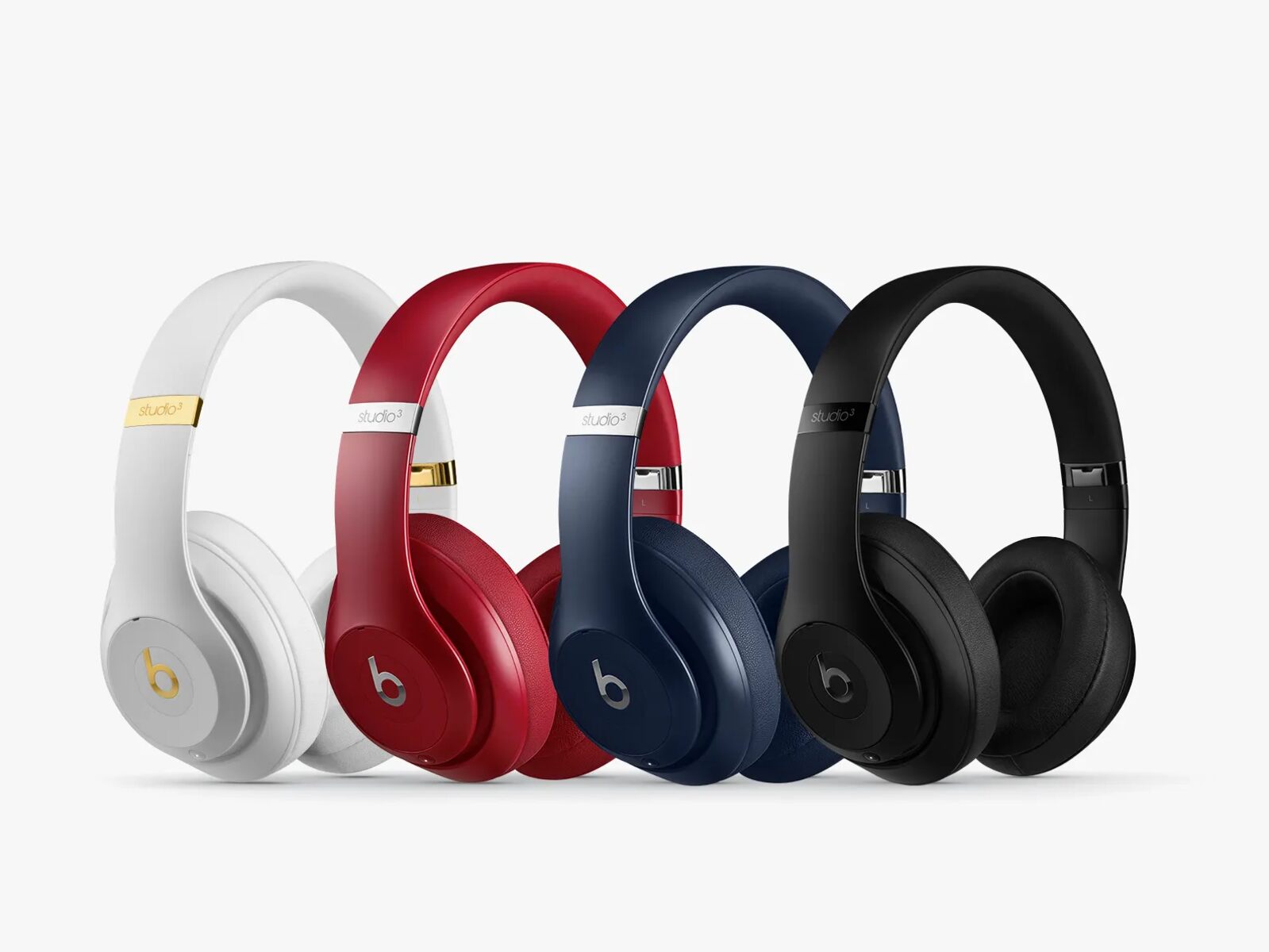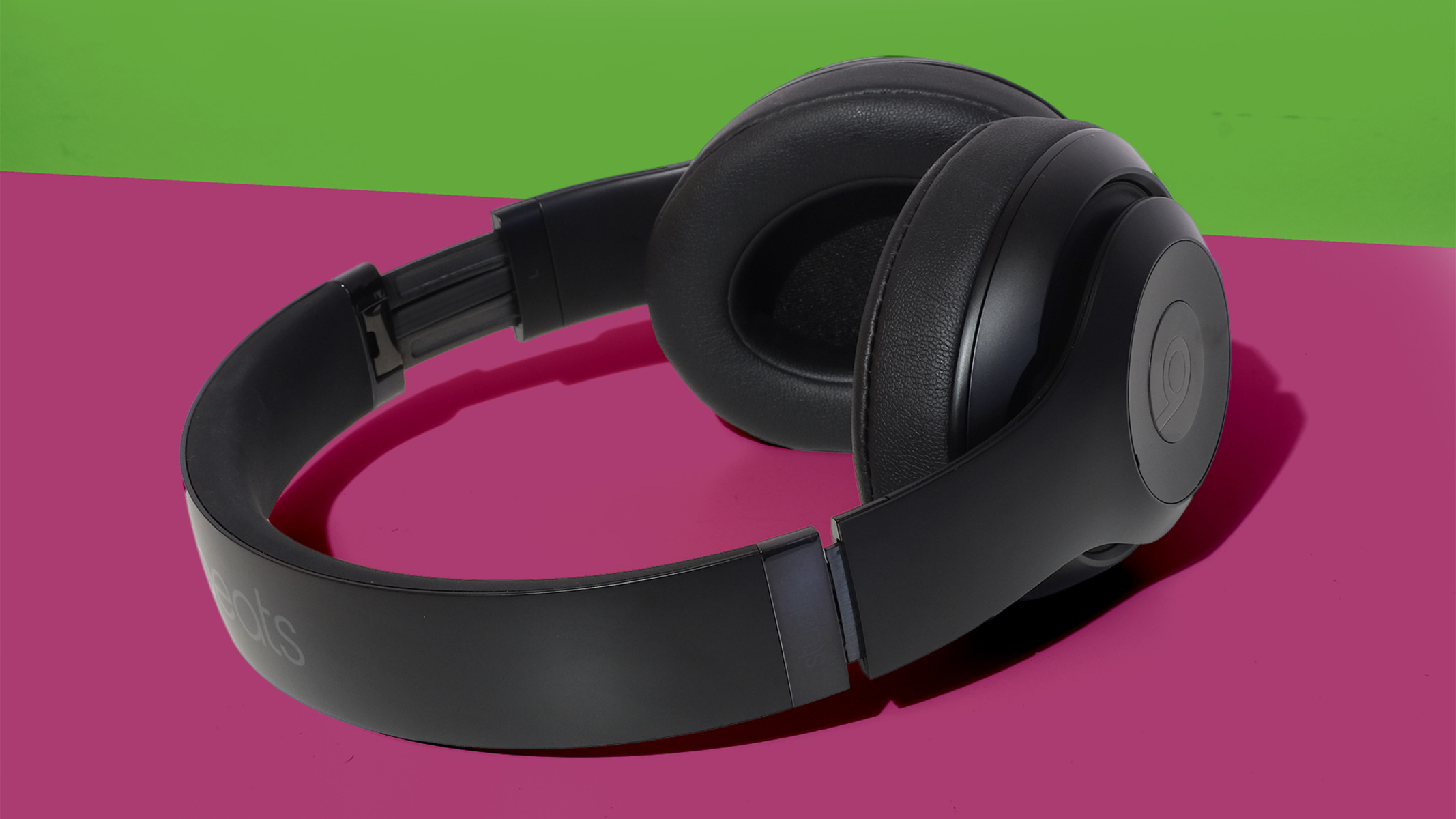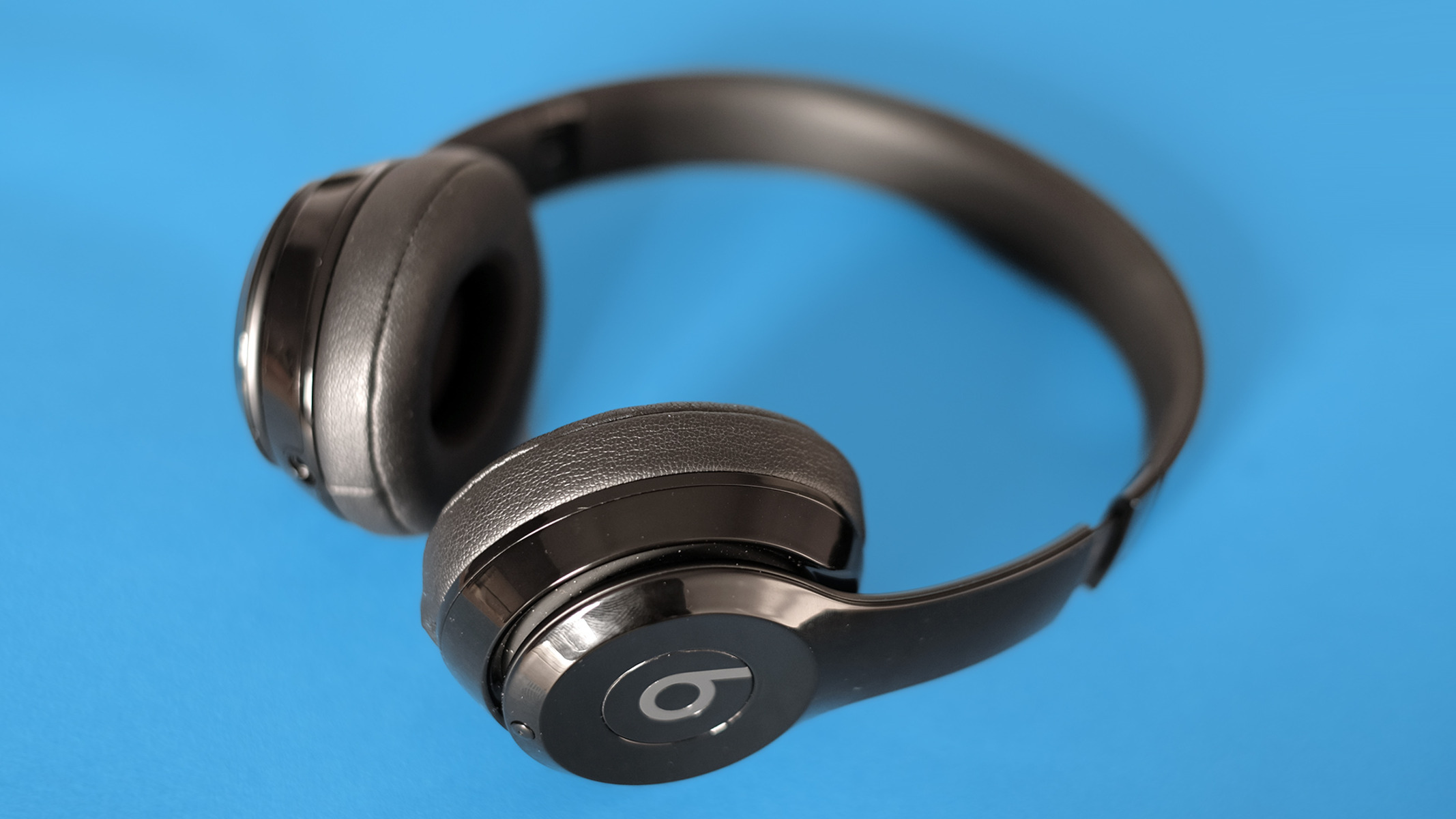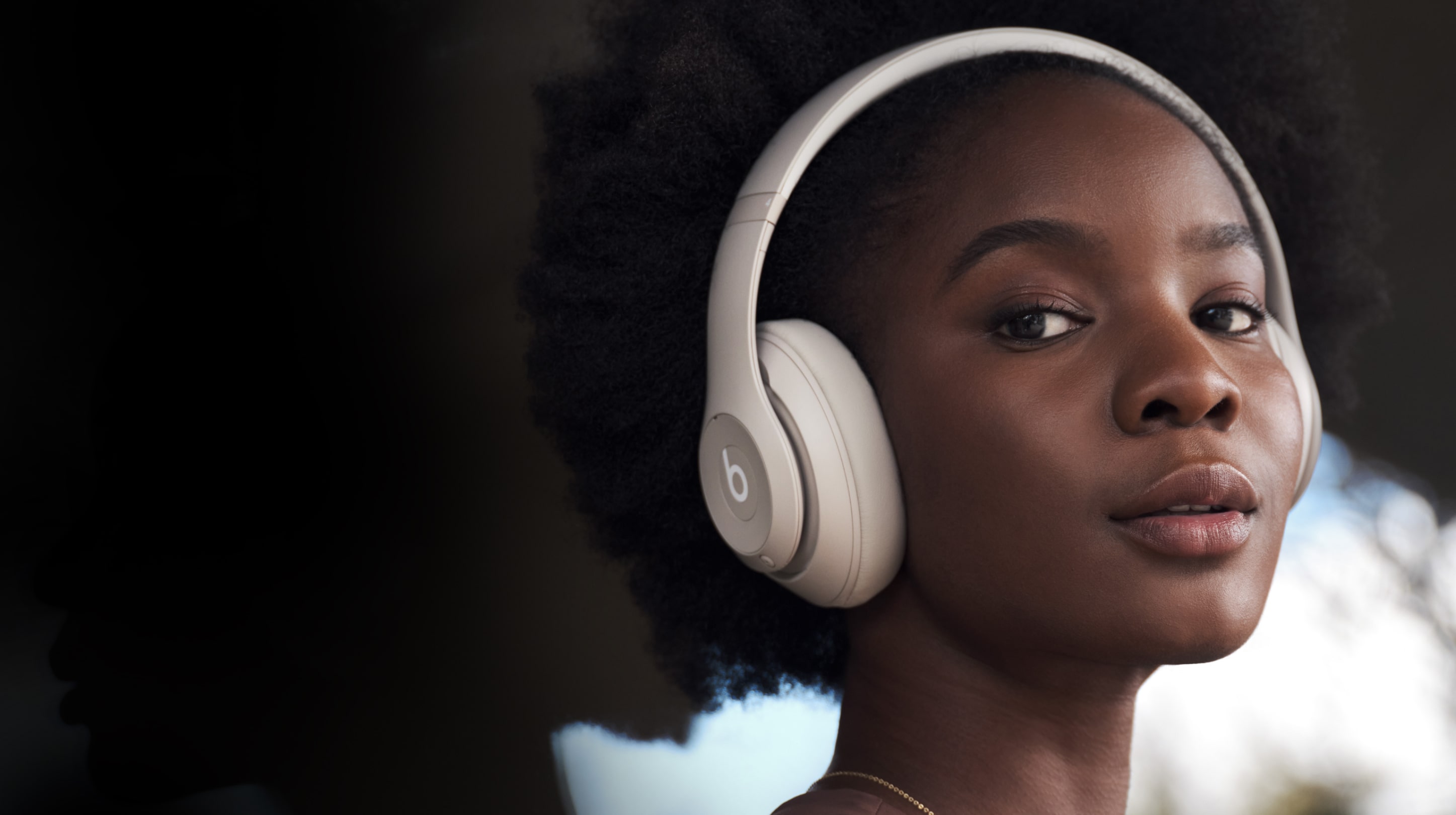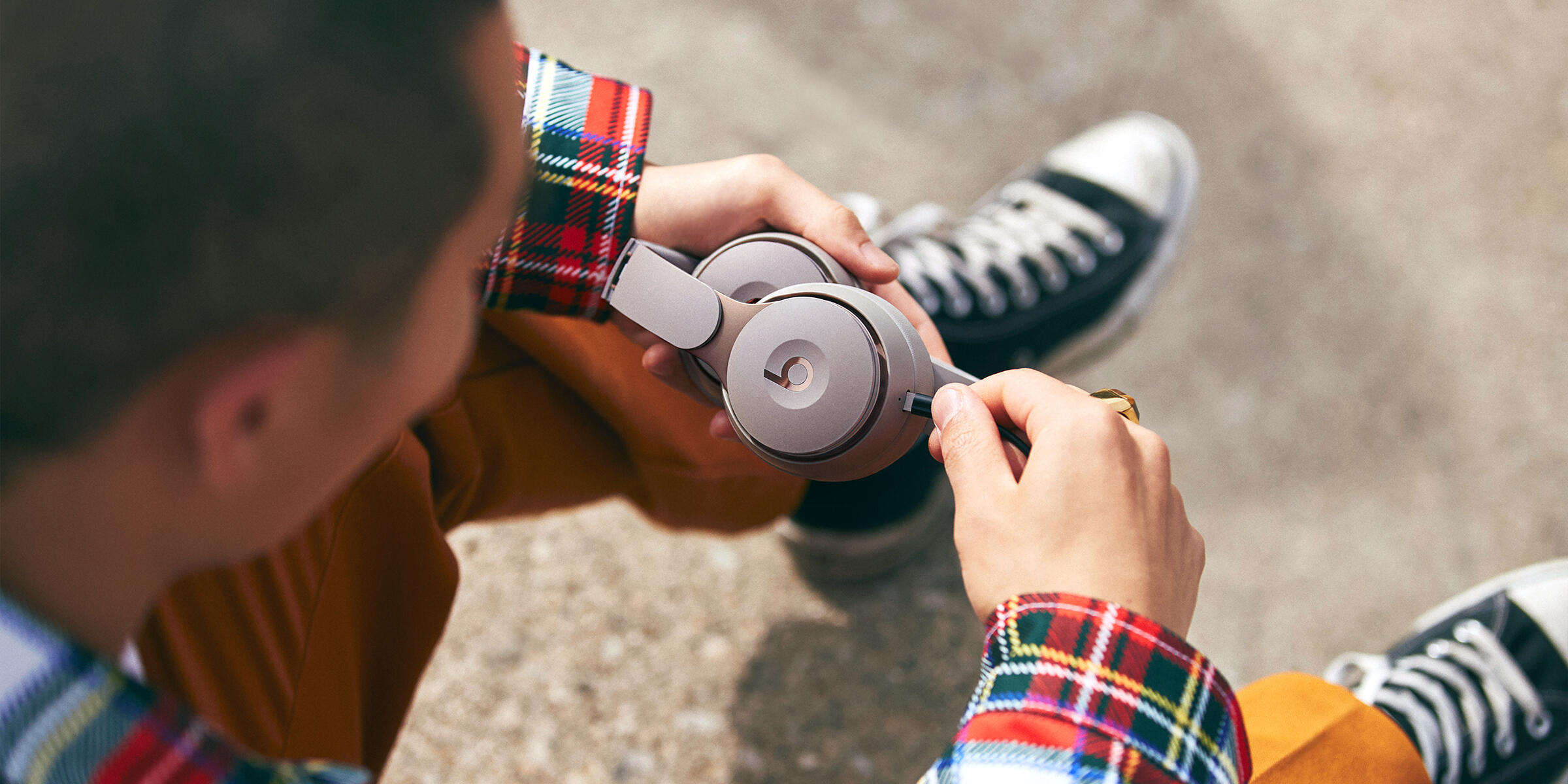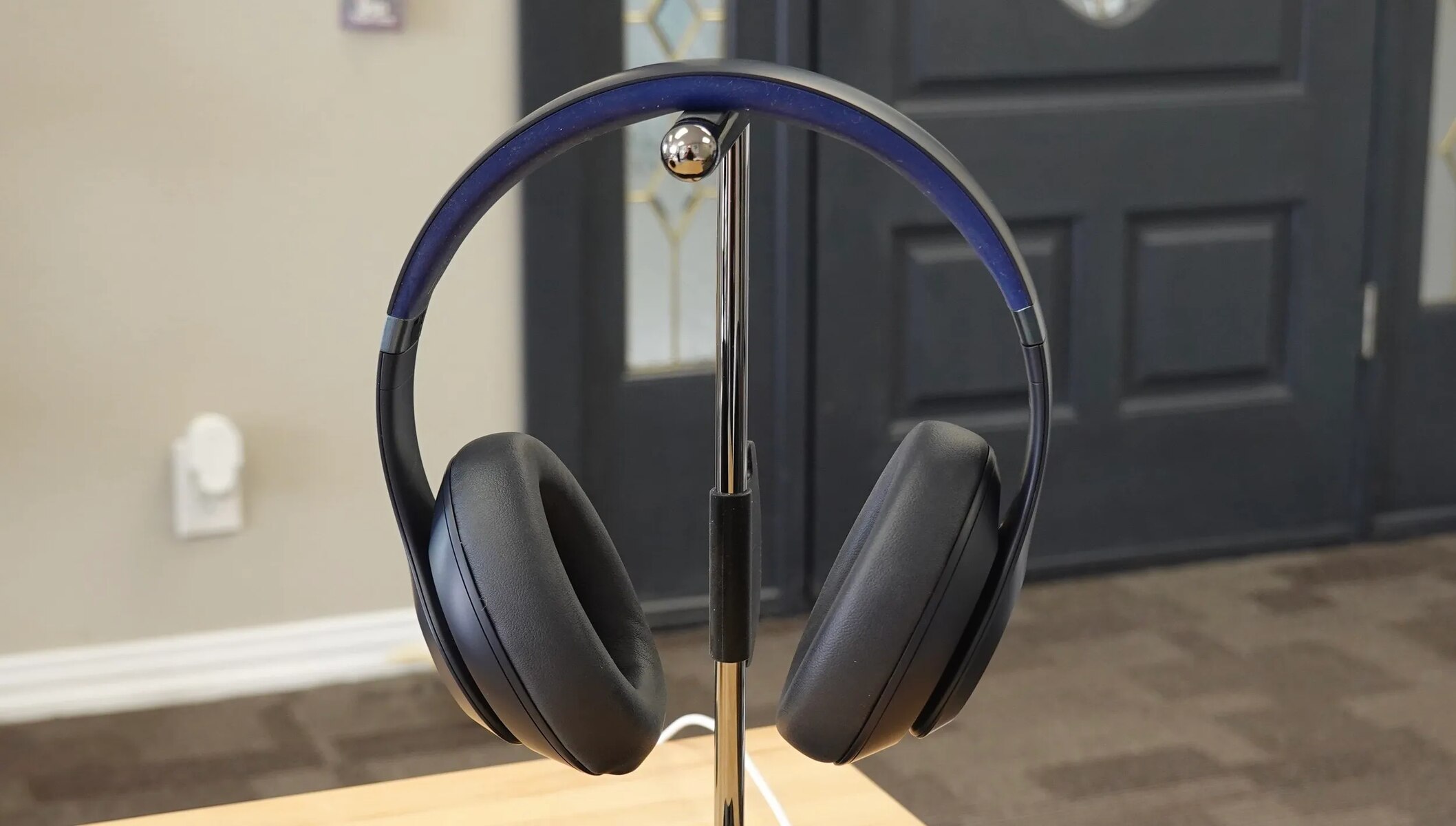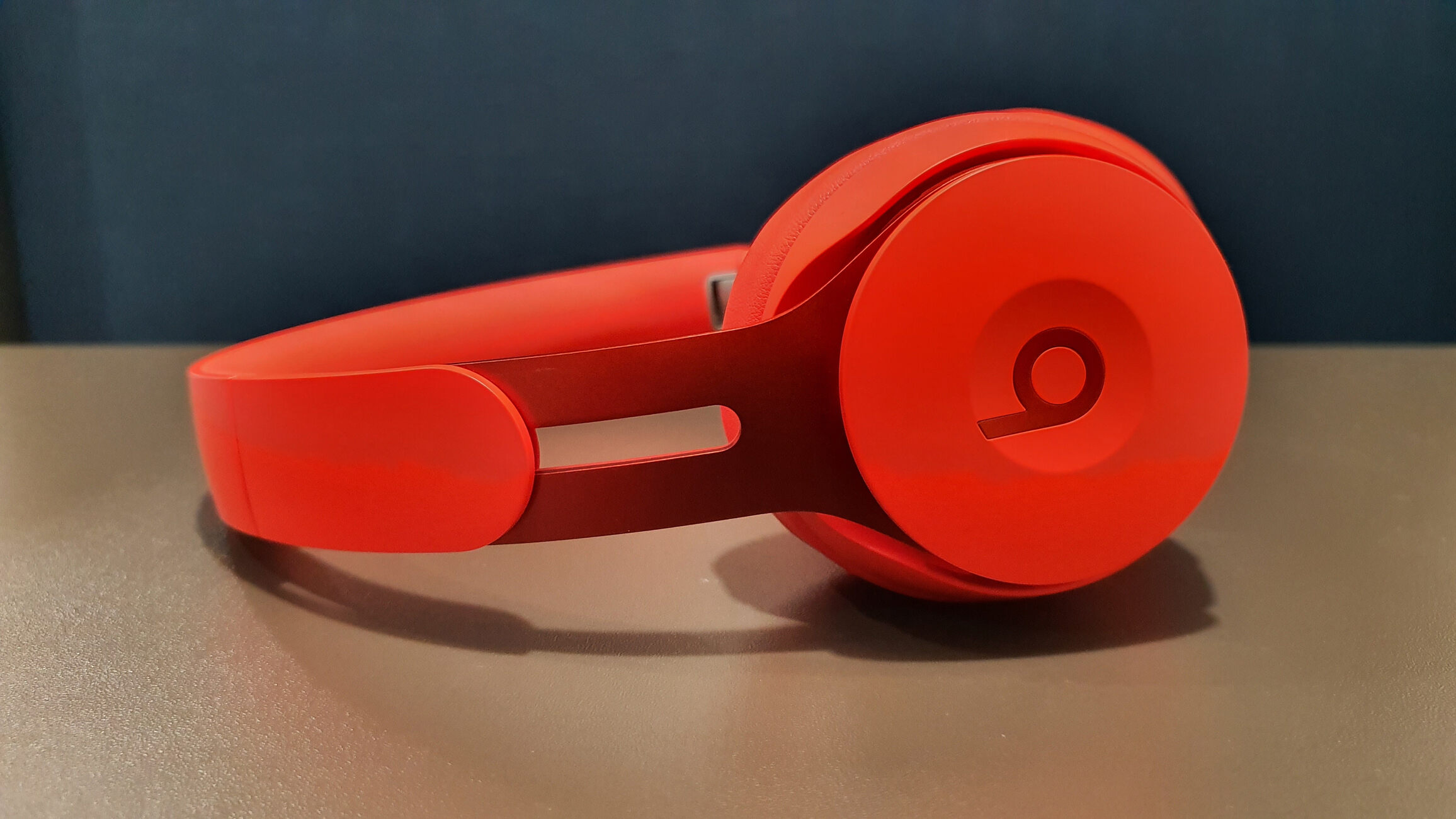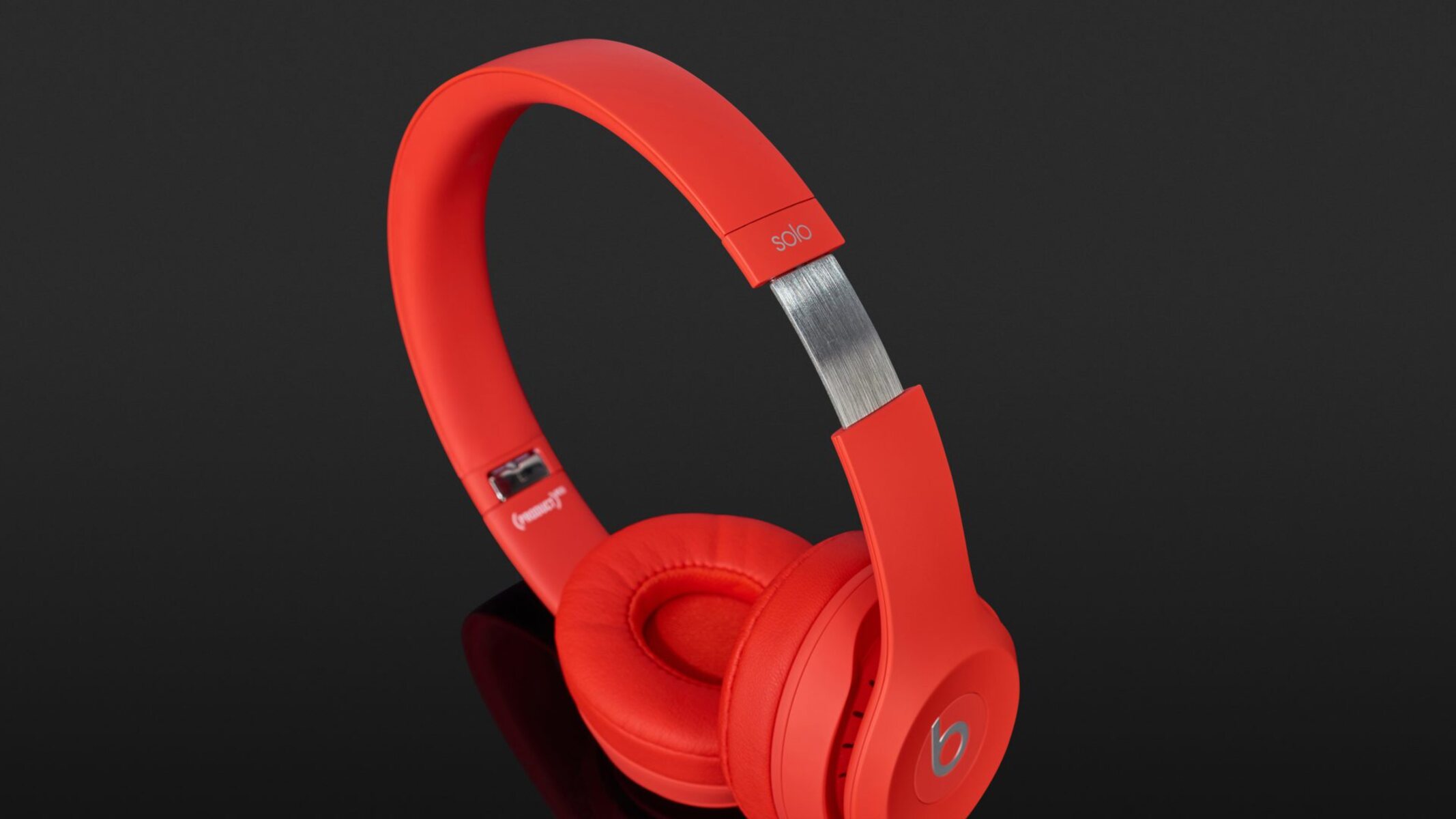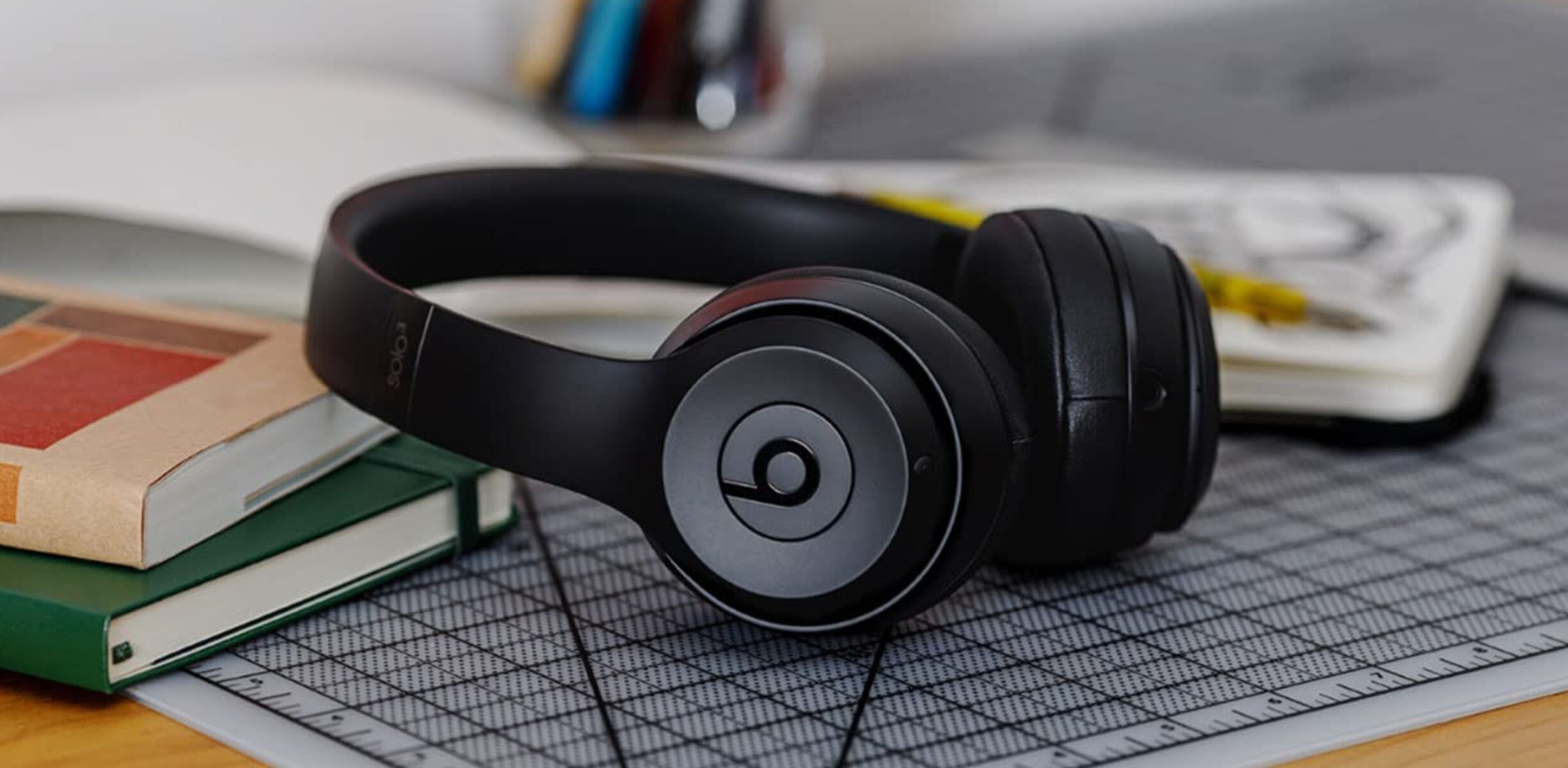Introduction
Noise cancellation is a technology that has revolutionized the way we experience audio. It allows us to immerse ourselves in our favorite music or podcasts without the distractions of background noise. Whether we’re commuting on a noisy train, working in a bustling office, or simply trying to relax in a busy café, noise cancellation technology can provide us with a peaceful and uninterrupted audio experience.
There are two main types of noise cancellation: passive and active. Passive noise cancellation works by physically blocking external sounds through the use of materials that absorb or isolate noise. Active noise cancellation, on the other hand, uses advanced technology to analyze and counteract incoming sound waves, effectively neutralizing unwanted noise.
While noise cancellation technology offers many benefits, it does have its limitations. It is important to understand these limitations before making a decision about which noise-cancelling headphones or earbuds to purchase.
Beats, a renowned audio brand, has made significant advancements in noise cancellation technology, offering users a premium audio experience. In this article, we will explore the different types of noise cancellation, the limitations of noise cancellation technology, and the advanced noise cancellation features provided by Beats. We will also discuss alternative options for those who may prefer alternative audio solutions. So, if you’re curious about noise cancellation technology and how Beats headphones fare in this field, read on to find out more.
Passive Noise Cancellation
Passive noise cancellation is the simplest form of noise reduction in headphones or earbuds. It relies on the physical properties and design of the audio devices to block out external sounds. The primary mechanism behind passive noise cancellation is the presence of well-fitted ear cups or ear tips that create a seal around the ears, effectively isolating the listener from surrounding noise.
By using materials that absorb or block sound waves, the headphones or earbuds reduce the amount of external noise that reaches the listener’s ears. This allows for a more immersive audio experience, as the focus is solely on the desired audio content.
One advantage of passive noise cancellation is that it doesn’t require any power source or additional technology. This makes passive noise cancellation headphones or earbuds suitable for situations where power outlets or batteries may not be readily available.
However, it’s important to note that passive noise cancellation is not as effective in eliminating higher-frequency sounds or sudden, loud noises. Additionally, the effectiveness of passive noise cancellation heavily relies on the fit and seal of the headphones or earbuds. If the fit is not snug, external noise can still leak in and disrupt the listening experience.
Overall, while passive noise cancellation provides some level of noise reduction, it may not be sufficient for environments with high levels of background noise or persistent distractions. In such cases, active noise cancellation technology can offer more effective noise reduction.
Active Noise Cancellation
Active noise cancellation takes noise reduction to the next level by using advanced technology to actively counteract external sounds. Unlike passive noise cancellation, which relies on physical barriers, active noise cancellation involves the use of microphones and electronic circuitry to analyze and neutralize incoming noise.
Here’s how active noise cancellation works: First, tiny microphones embedded in the headphones or earbuds pick up the external sounds. The recorded sound waves are then analyzed by the built-in processor, which generates an “anti-noise” signal.
This anti-noise signal is then fed into the headphone speakers or earbuds, effectively canceling out the unwanted external noise. The result is a much quieter listening environment, allowing you to enjoy your audio content without distractions.
Active noise cancellation technology is particularly effective at reducing low-frequency noise, such as the hum of airplane engines, traffic rumble, or the drone of air conditioning units. By actively countering these sounds, active noise cancellation provides a more peaceful and immersive audio experience.
Another advantage of active noise cancellation is its adaptability. The technology constantly adjusts the anti-noise signal to counteract changing environmental noise, ensuring optimal noise reduction in various situations. This makes active noise cancellation suitable for a wide range of settings, from noisy offices to crowded public transportation.
However, it’s important to note that active noise cancellation, despite its effectiveness, may not completely eliminate all external sounds. Sudden, sharp noises or high-frequency sounds may still be audible, albeit at a reduced volume.
Overall, active noise cancellation is a powerful technology that enables users to enjoy their favorite audio content with minimal external interference. Its ability to counteract low-frequency noise and its adaptability make it a desirable feature for those seeking a truly immersive audio experience.
Limitations of Noise Cancellation Technology
While noise cancellation technology offers many benefits, it is essential to be aware of its limitations before investing in noise-cancelling headphones or earbuds.
One limitation of noise cancellation technology is its effectiveness in reducing certain types of noise. While active noise cancellation is highly effective at counteracting low-frequency sounds like background hums or rumbles, it may not be as effective at eliminating sudden, loud noises or high-frequency sounds. These types of sounds can still penetrate through the noise-cancelling feature and interrupt the listening experience.
Another limitation is the impact of noise cancellation on audio quality. In some cases, the noise-cancelling technology may introduce a slight hiss or alteration to the audio playback. This can be more noticeable when listening to quieter or softer music or in moments of silence between tracks.
The battery life of noise-cancelling devices is another consideration. Active noise cancellation requires power to operate, which means that noise-cancelling headphones or earbuds will need to be regularly charged or have their batteries replaced. This can be an inconvenience for users who are constantly on the go or forget to charge their devices.
Physical discomfort can also be a limitation of noise-cancelling headphones or earbuds. The design and fit of these devices can vary, and not all models may be comfortable for everyone. Some users may experience ear fatigue or discomfort after extended periods of use.
Additionally, noise cancellation technology cannot completely isolate the listener from their surroundings. While it can significantly reduce external noise, it does not block out all sound. This can be a potential safety concern in certain situations where it is essential to remain aware of one’s surroundings, such as when walking near traffic or while engaging in outdoor activities.
It is important to consider these limitations and assess your specific needs and usage before investing in noise-cancelling headphones or earbuds. Understanding these limitations will help you make an informed decision and ensure that your audio experience meets your expectations.
Beats with Advanced Noise Cancellation Features
Beats is a brand known for its high-quality audio products, and its headphones and earbuds are no exception. Beats has incorporated advanced noise cancellation features into their audio devices, enhancing the listening experience for users.
One of the standout features of Beats noise-cancelling headphones is the Pure Adaptive Noise Cancelling (Pure ANC) technology. This advanced technology continuously monitors the user’s environment and adjusts the level of noise cancellation accordingly. Whether you’re in a quiet room or a bustling city street, Pure ANC ensures that you receive the optimal noise reduction, allowing you to enjoy your audio content undisturbed.
Additionally, Beats headphones are equipped with a Transparency mode. This mode, activated with a simple press of a button, temporarily disables the noise cancellation feature and uses the microphones to pick up external sounds. This is particularly useful in situations where it is necessary to hear the surrounding environment, such as when crossing the street or holding a conversation without removing the headphones.
Beats headphones also provide excellent audio quality alongside their noise cancellation capabilities. With powerful drivers and finely-tuned acoustics, Beats devices deliver rich, immersive sound, allowing you to fully enjoy your favorite music genres or movie soundtracks.
The comfort level offered by Beats headphones further enhances the overall listening experience. With adjustable headbands, cushioned ear cups, and lightweight designs, Beats ensures that users can wear their headphones for extended periods without discomfort.
Furthermore, some Beats headphones have additional features that cater to specific needs. For example, the Powerbeats Pro earbuds are designed for sports and fitness enthusiasts, featuring a sweat and water-resistant design, secure-fit ear hooks, and long battery life.
Beats has also integrated Siri functionality into their headphones, allowing users to effortlessly control their audio playback, make calls, and access information using voice commands.
Overall, Beats offers a range of noise-cancelling headphones and earbuds with advanced features that prioritize both audio quality and noise reduction. Whether you’re a music lover, a frequent traveler, or an active individual, Beats has options to suit your needs and provide a superior listening experience.
Alternatives to Noise Cancellation
While noise cancellation technology can significantly improve the audio experience in noisy environments, it may not be the perfect solution for everyone. Fortunately, there are alternative options available for those who prefer different audio solutions or have specific needs.
One alternative to noise-cancelling headphones or earbuds is the use of passive noise isolation. These devices are designed to physically block out external sounds without the need for electronic noise cancellation. They typically feature well-fitted ear tips or ear cups that create a seal to isolate the listener from surrounding noise. While passive noise isolation may not provide the same level of noise reduction as active noise cancellation, it can still significantly reduce ambient noise and provide a more immersive audio experience.
Another option is to use closed-back headphones or earbuds. These audio devices have a design that naturally blocks out some external noise by using dense materials or well-sealed ear cups. While they don’t actively counteract noise like noise-cancelling devices, closed-back headphones can still provide a more focused audio experience by reducing external distractions.
If you prefer not to wear headphones or earbuds, you can consider using external speakers. While this option may not offer the same level of personal audio immersion, it can still provide an enjoyable listening experience while allowing you to remain aware of your surroundings.
Alternatively, you may explore audio devices that prioritize sound isolation rather than noise cancellation. These devices typically have a snug fit and utilize innovative designs to minimize sound leakage, allowing you to enjoy your audio content without disturbing others nearby.
Lastly, for individuals who frequently engage in activities that require situational awareness, such as runners or cyclists, open-back headphones or bone conduction headphones can be viable alternatives. These types of headphones allow ambient sounds to enter the ears while still delivering audio content, ensuring that you remain alert and aware of your surroundings.
Ultimately, the choice of using noise-cancelling headphones or exploring alternative audio options depends on personal preferences, specific needs, and the listening environment. It’s important to consider factors such as comfort, audio quality, and the level of noise reduction required before making a decision. By exploring alternative options, you can find the audio solution that best suits your individual preferences and enhances your listening experience.
Conclusion
Noise cancellation technology has revolutionized the way we experience audio by providing us with the ability to enjoy our favorite music and podcasts without the distractions of background noise. Passive noise cancellation, which relies on physical barriers to block out external sounds, and active noise cancellation, which uses advanced technology to counteract incoming noise, offer different levels of noise reduction.
While noise cancellation technology provides numerous benefits, it does have limitations. It may not completely eliminate all external sounds, especially sudden, loud noises or high-frequency sounds. Additionally, the impact on audio quality, battery life, and physical comfort should be considered when choosing noise-cancelling headphones or earbuds. Understanding these limitations helps users make informed decisions and manage their expectations.
Beats, a renowned audio brand, offers advanced noise cancellation features that enhance the audio experience. Features like Pure Adaptive Noise Cancelling (Pure ANC), Transparency mode, excellent audio quality, comfort, and extra functionalities cater to various needs and preferences.
However, noise cancellation is not the only audio solution available. Alternatives such as passive noise isolation, closed-back headphones, external speakers, sound isolation devices, and open-back or bone conduction headphones can provide different levels of noise reduction and situational awareness, depending on individual needs.
In conclusion, noise cancellation technology, along with the advanced noise cancellation features offered by Beats, provides users with an immersive audio experience. However, it’s important to consider personal preferences, specific needs, and the listening environment when deciding on the best audio solution. Exploring alternative options can help find the perfect balance between noise reduction and situational awareness, ensuring an enjoyable audio experience for every individual.







